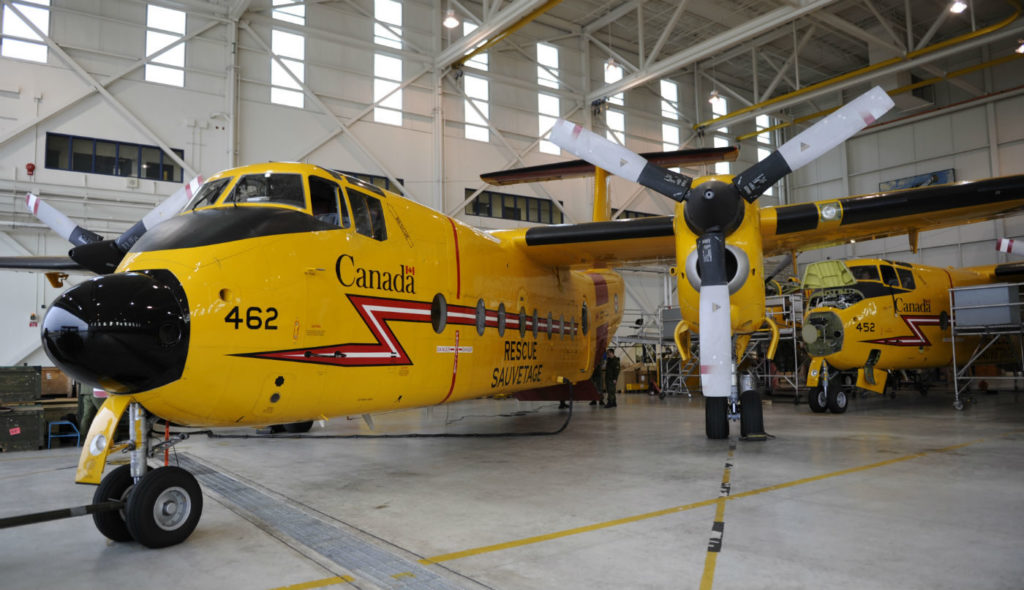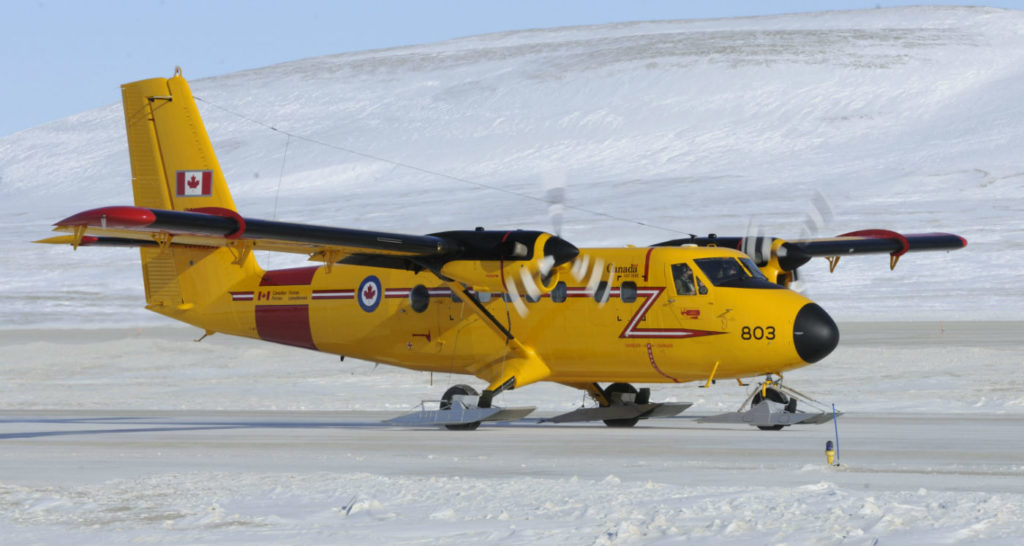Estimated reading time 6 minutes, 15 seconds.
The Government of Canada is building a more agile, better-equipped military, while ensuring the best value for Canadians. This includes maintaining existing equipment so that Canada’s women and men in uniform can continue to deliver their missions.

Two maintenance contracts were awarded to KF Aerospace of British Columbia as a result of open, transparent and competitive processes. With much of the work being done in the country, these contracts will help support Canada’s world-class aerospace industry and maintain approximately 40 high-value middle-class jobs for Canadians.
The first contract, valued at $21.8 million (including taxes), will help maintain the Royal Canadian Air Force’s (RCAF’s) CC-115 Buffalo search and rescue aircraft for a period of three years and includes the option to extend the contract for an additional year.
Canada has six Buffalos based in Comox, B.C. These aircraft are a vital component of Canada’s search and rescue services capabilities on the West Coast, and they must be maintained until new replacement fixed-wing search and rescue aircraft are in place and fully operational.
The second contract, valued at $9.6 million (including taxes), will help maintain the RCAF’s CC-138 Twin Otter aircraft for a period of four years and includes the possibility of four additional one-year extensions. Canada’s four Twin Otters are based in Yellowknife, N.W.T. These aircraft are used in transport roles for the Canadian Armed Forces’ northern operations and occasionally in search and rescue missions.
“Our brave women and men in uniform deserve to have the equipment they need to do their jobs safely and efficiently,” said the Honourable Patty Hajdu, Minister of Employment, Workforce Development and Labour. “These contracts will support more middle-class jobs in Kelowna, will ensure that this equipment is well maintained and will help grow the Canadian aerospace industry.”

This investment will help maintain the equipment until at least 2025, so that the Canadian Armed Forces can continue delivering operations in the northern territories.
“In a country as large as Canada, the Canadian Armed Forces rely on their equipment to do their work, which is why the reliability of our search and rescue equipment is critical to Canadians,” said Steven MacKinnon, Parliamentary Secretary to the Minister of Public Services and Procurement. “Through these contracts we also wanted to ensure that most of the work be performed in Canada by Canadians.”
The work for both contracts will include ongoing life-cycle management, inspection repair, painting and modifications as well as the supply of high-priority spare parts, for the duration of the contracts.
“Our members of the Royal Canadian Air Force are among the best trained in the world and conduct operations in the most challenging environments like the Arctic and the rough and mountainous terrain of the west coast,” said the Honourable Harjit S. Sajjan, Minister of National Defence. “This investment demonstrates the Government of Canada’s commitment to ensuring our women and men in uniform continue to have well-maintained equipment to support them in critical operations like search and rescue and equipment transport.”
“This is great news for KF Aerospace, for the people of Kelowna and for the Canadian economy. These contracts are providing good-paying jobs for hard working, skilled Canadians here and across the country,” said Member of Parliament Stephen Fuhr, Kelowna – Lake Country.
Quick facts:
- Both contracts include additional options to extend the contract periods, if needed;
- The CC-115 Buffalos play a critical role in supporting the Canadian Armed Forces’ search and rescue activities, from the British Columbia-Washington border to the Arctic, and from the Rocky Mountains to 1,200 kilometres out over the Pacific Ocean. These aircraft protect Canadians’ lives every day;
- One of Canada’s primary search and rescue aircraft, the agile CC-115 Buffalo will fly in almost any weather, and can take off and land on even the most rugged and difficult to access airstrips;
- The CC-138 Twin Otter is a highly adaptable utility transport aircraft that can be outfitted with wheels or skis to land on virtually any surface, making it well suited for Canada’s ever-changing northern climate and terrain; and
- A fleet of new fixed-wing search and rescue sensor-equipped aircraft will start being delivered in 2019 to replace the CC-115 Buffalos and CC-130H Hercules.








